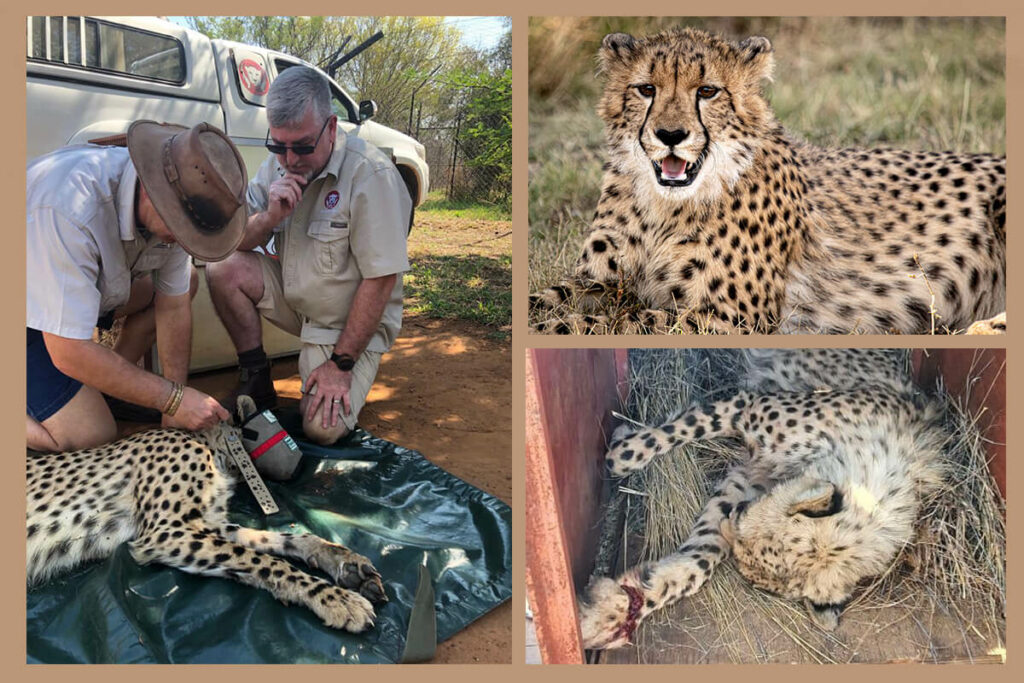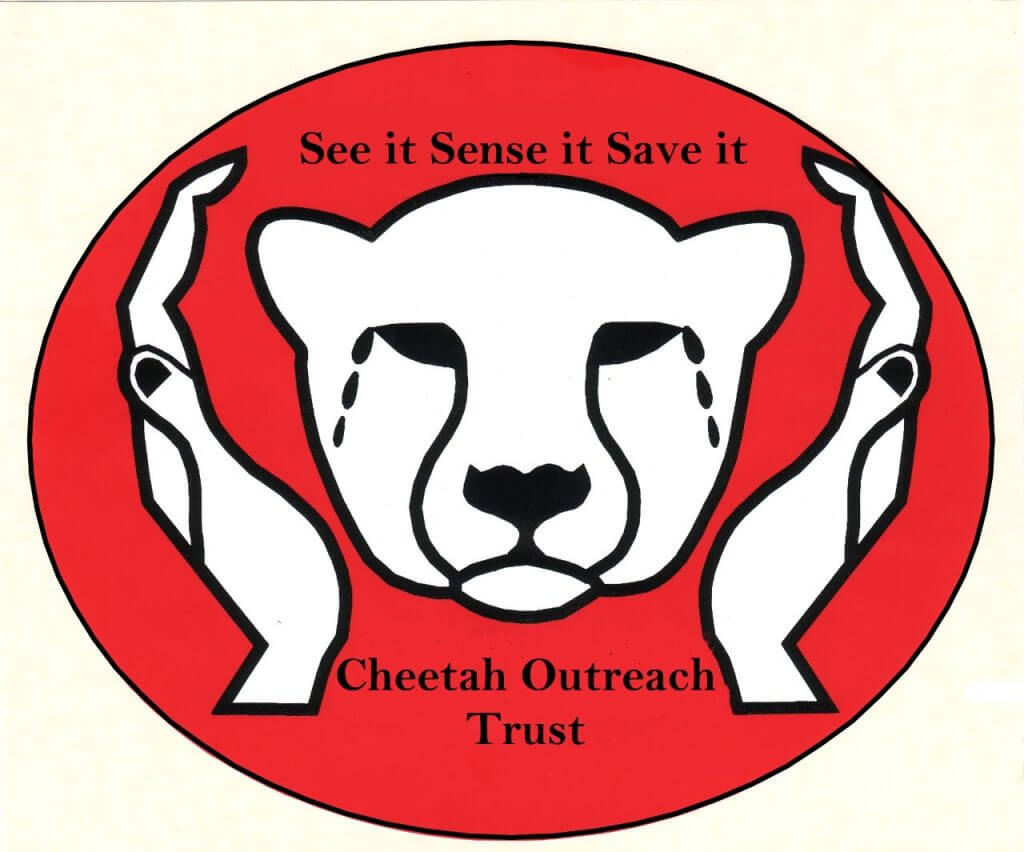
Cheetah Outreach Trust | A cheetah collaboration
SHARE THIS INSPIRING STORY ON
It’s all hands on deck when it comes to protecting the 4100 cheetahs in South Africa — with the help of guardian dogs — and creating safe areas to hunt, live and roam.
With just over 4100 cheetahs surviving in South Africa, nearly three-quarters live outside protected areas on farmland. Since 2005, the Cheetah Outreach Trust has been placing livestock guardian dogs on livestock and game farms in the northern parts of Limpopo and North West provinces of South Africa (within the known free-roaming cheetah distribution range). These dogs act as guardians to livestock and deterrents to predators including cheetah, leopard, brown hyena, caracal and other predators and provide a cost effective, non-lethal predation management method for farmers.
Livestock guardian dogs are placed in clusters to create safe areas for these cheetahs to hunt — and together with other conservation efforts, to facilitate cross-border migration

Collaboration is key when it comes to keeping them protected, as in the recent case of a free-roaming male cheetah — found in a gin trap close to the Botswana border in the North West Province. Officials from the Conservation Authority and a private veterinarian saved the life of this cheetah and rushed him to Dr Peter Caldwell of Old Chapel Veterinary Clinic who performed surgery to attach severed ligaments and blood vessels.
The cost of this surgery was covered by Ashia Cheetah Conservation, a donor of the Endangered Wildlife Trust. Since then, he has been in the care of the Ann van Dyk Cheetah Centre – De Wildt and has recovered. He was then released by the Cheetah Outreach Trust back into his natural range, with a tracking collar sponsored by African Wildlife Tracking and the Ubuntu Wildlife Trust to the Cheetah Outreach Trust.
By working together, conservationists are ensuring that free-roaming cheetahs (that need large areas to co-exist often comprising farmland areas) get the space they need. The goal is to continue to create viable, predator-tolerant corridors linking farmlands between neighbouring countries and protected areas to create safe breeding and hunting opportunities for free-ranging cheetahs and securing a valuable predator tolerant habitat.








